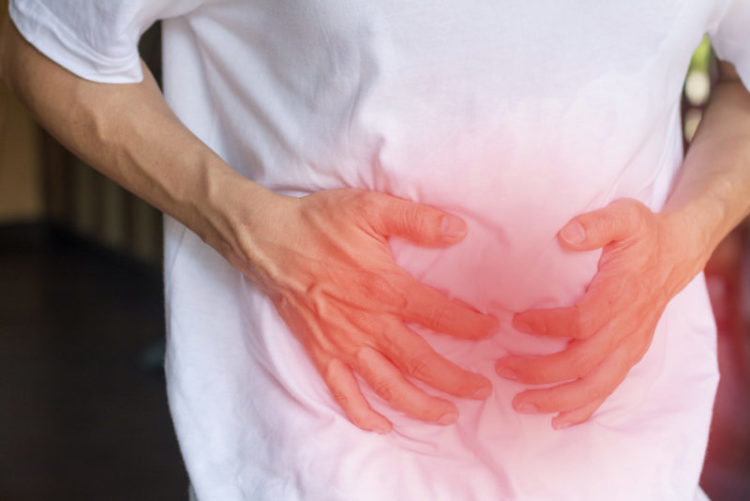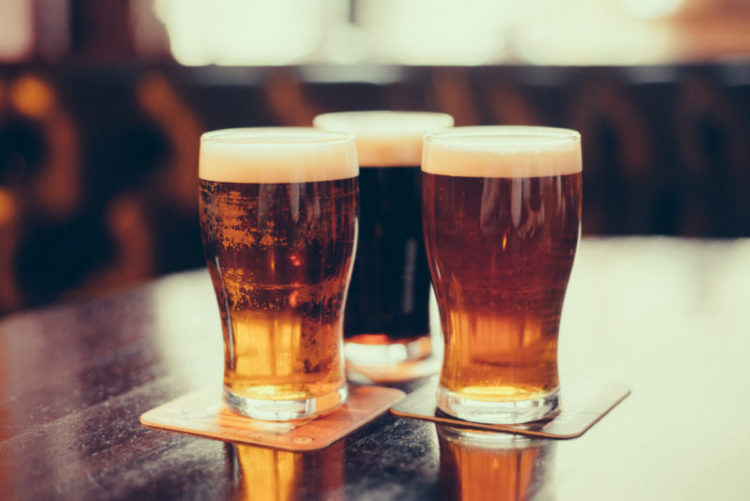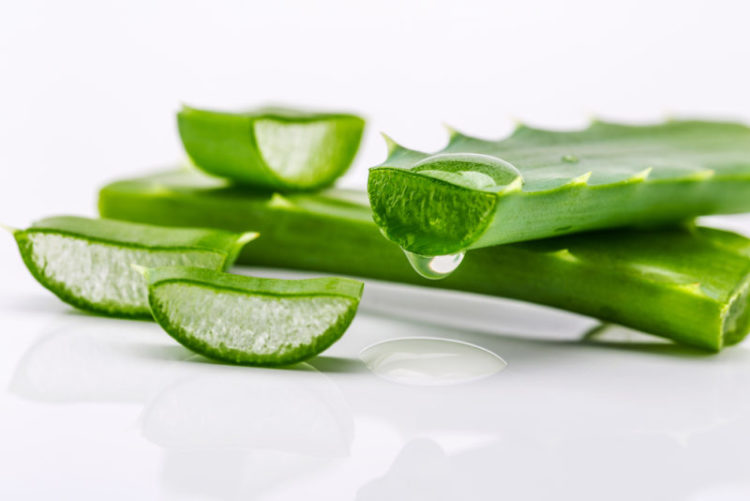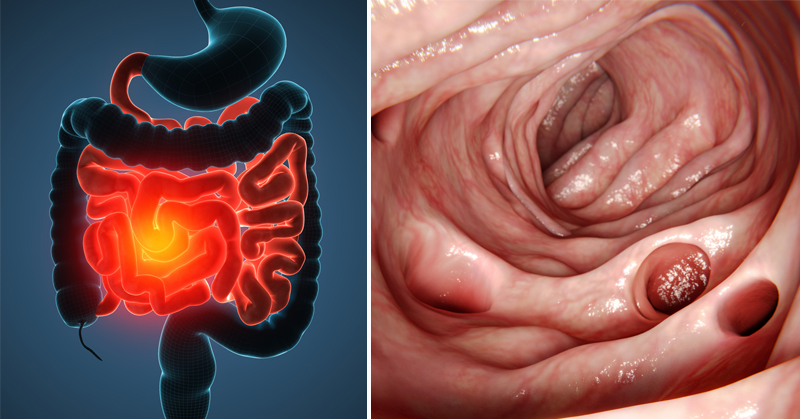Diverticulitis is a condition in which small pouches or sacs in the wall of the colon become inflamed. These pouches, most commonly in the lower part of the colon, form and push outward through the colon wall. When they become inflamed or infected, they can lead to serious complications. (1) Diverticulitis symptoms do not occur in the majority of patients, but some patients may develop diverticulitis symptoms. Conventional diverticulitis treatment may include medication, but a diverticulitis diet can help manage symptoms and treat the underlying infection.
Diverticulitis Symptoms
- Tenderness or pain in the lower abdomen
- Cramping
- Bloating
- Constipation or diarrhea
- Fever and chills
- Nausea
- Vomiting

Diverticulitis Treatment
1. Follow a Diverticulitis Diet
A healthy diet can help reduce inflammation in the body and kill the infection responsible for diverticulitis symptoms. Whole foods with anti-inflammatory properties, along with plenty of fiber and probiotics can help keep your immune system strong and healthy.
A diverticulitis diet should include:
- Fiber: Increasing your fiber intake can help reduce your chances of developing diverticulitis. High-fiber foods include flaxseed, oat bran, spinach and cucumbers.
- Anti-inflammatory Foods: To help reduce inflammation and relieve symptoms, increase your consumption of anti-inflammatory foods. Try leafy green vegetables, celery, beets, broccoli, blueberries, walnuts and chia seeds.
- Nuts, Grains and Popcorn: Research has shown that consuming nuts and popcorn at least twice a week can help reduce the risk of developing diverticulitis by 20-27%. (2)
- Probiotics: Probiotic foods can help relieve digestion issues and heal the colon. Add kimchi, sauerkraut, natto and kefir to your diet.
A diverticulitis diet should not include:
- Red Meat: Studies have shown that individuals who consume red meat at least once per day have 25 times the risk of developing diverticulitis, compared to individuals who eat red meat less than once a week. (3)
- Alcohol: Alcohol consumption can also raise your risk of developing diverticulitis. To avoid the condition, reduce alcohol consumption.

2. Slippery Elm
Slippy elm can be used as a natural diverticulitis treatment thanks to its healing abilities. Slippery elm has the ability to protect irritated tissues and promote healing, to help treat unwanted symptoms. (4)
3. Aloe Vera
Aloe Vera juice aids in digestion, regulates bowel processing and encourages healthy bacteria. It also helps to normalize pH levels in the body. To use aloe vera as a diverticulitis treatment, drink about 12-16 ounces of aloe vera juice that does not contain aloe latex. (5)

4. Licorice Root
Licorice root has the ability to naturally lower stomach acid levels, relieve heartburn and clear the colon of harmful waste. It also helps to increase bile and reduce inflammation in order to promote healthy digestion.
5. Increase Physical Activity
Research has shown that physical activity may be associated with a lower risk of developing diverticulitis. Being overweight is a common risk factor for the disease. Exercising on a regular basis can help you maintain a healthy weight and lower your chances of developing the condition. (6)
6. Stop Smoking
If you’re a smoker, an important part of diverticulitis treatment it to stop smoking. Studies have shown that the probability of diverticulitis is around 30% greater among smokers, compared to non-smokers. (7)

7. Avoid NSAID’s
Research has shown that chronic use of non-steroidal anti-inflammatory medication (NSAIDs) is almost twice as common in patients who develop diverticulitis. Avoiding NSAIDs may help reduce your chances of developing the condition.
8. Consume Probiotics
Diverticulitis treatment includes consuming probiotics that support gut health. A 2003 study found that patients with diverticular disease experienced longer periods of remission and improved abdominal symptoms after they received probiotic supplementation. (8)


